Vietnamese symbols throughout 4000 years history
Vietnam has a history of more than 4000 years, and despite many periods of colonization by Chinese empires, it still retains a plethora of national cultural quintessence.
This article will give you an overview of the symbols of Vietnamese culture throughout history. There has been much controversy about the symbols of Vietnam, some say the Ao Dai, some say the lotus flower, and others say the Lac bird,…
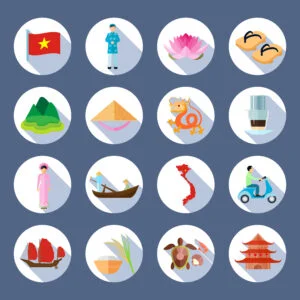
Vietnamese symbols are a diverse and fascinating array of images, from the national flag to the lotus flower. These symbols represent the rich culture and history of Vietnam, and they continue to play an important role in the lives of Vietnamese people today.
Here are some of the most important Vietnamese symbols:
- The national flag: The red flag with a yellow star is a symbol of Vietnamese independence and unity.
- The lotus flower: The lotus flower is a symbol of purity and beauty. It is also a reminder of the Vietnamese people’s resilience and ability to overcome adversity.
- The bamboo tree: The bamboo tree is a symbol of strength and flexibility. It is also a reminder of the Vietnamese people’s determination and ability to adapt to change.
- The Vietnamese Dragon: a powerful creature that symbolizes the four natural elements, the emperor, and the nation
- The Lac Bird: a mythical bird that symbolizes spring, peace, and the origin of the Vietnamese people
These are some of the Vietnamese symbols that reflect the history, values, and spirit of the Vietnamese people.
National Flag of Vietnam
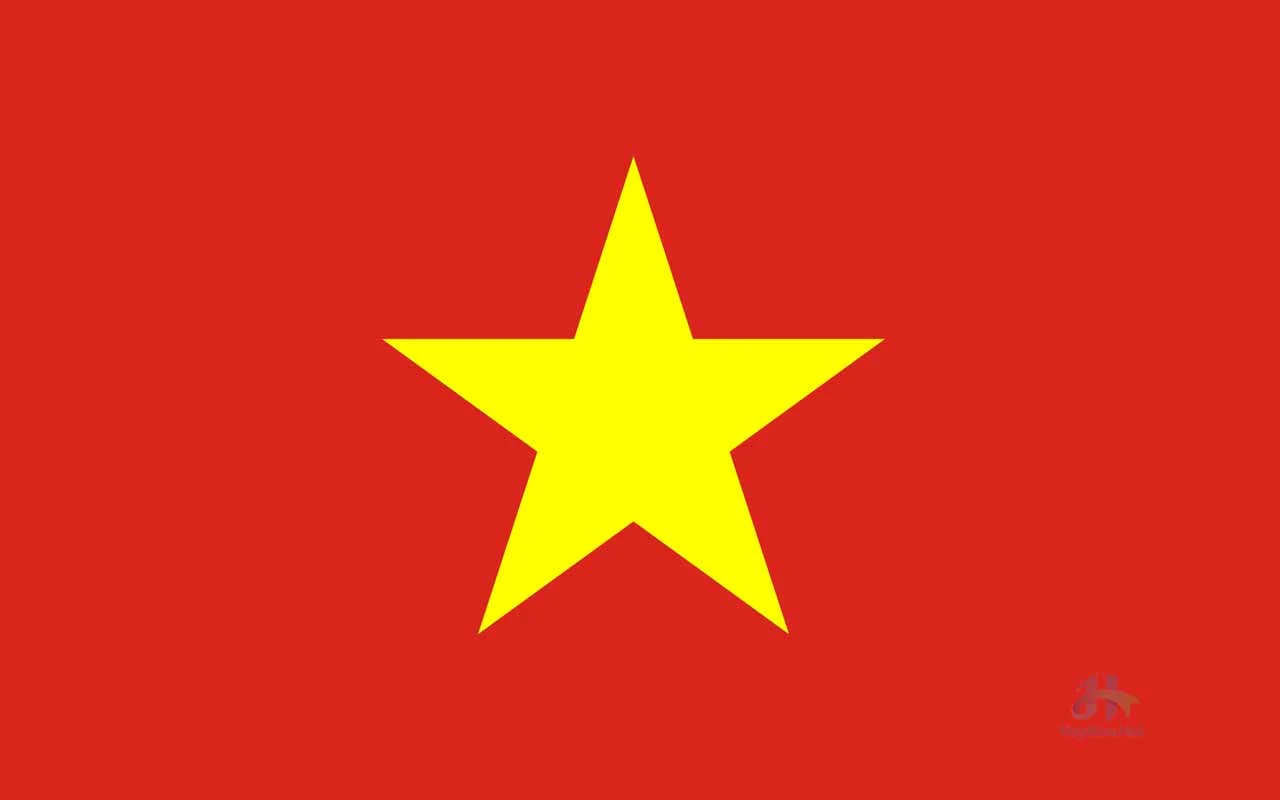
The Vietnamese national flag is a red flag with a yellow star in the center. The red represents the blood of the Vietnamese people, and the yellow star represents their unity. Vietnam’s flag is made up of only two colors. The flag has a crimson field, which is meant to represent the Vietnamese people’s national rebellion. The red flag with a yellow star is a symbol of Vietnamese independence and unity.
Since the French Revolution (1945-1954), the Vietnamese government has utilized the National Flag of Vietnam to mobilize the people to resist the French colony. The flag now has its current design, which includes a red backdrop and a yellow star, after some minor changes.
The identity of the flag’s designer remains a mystery, with little hope of discovering the answer. Some say it was made by Nguyen Huu Tien, a revolutionary, while others claim it was produced by Le Hong Phong and Nguyen Thi Minh Khai, two well-known characters in the French resistance in the 1940s.
The Bamboo Tree – A Symbol For Vietnamese Resilience
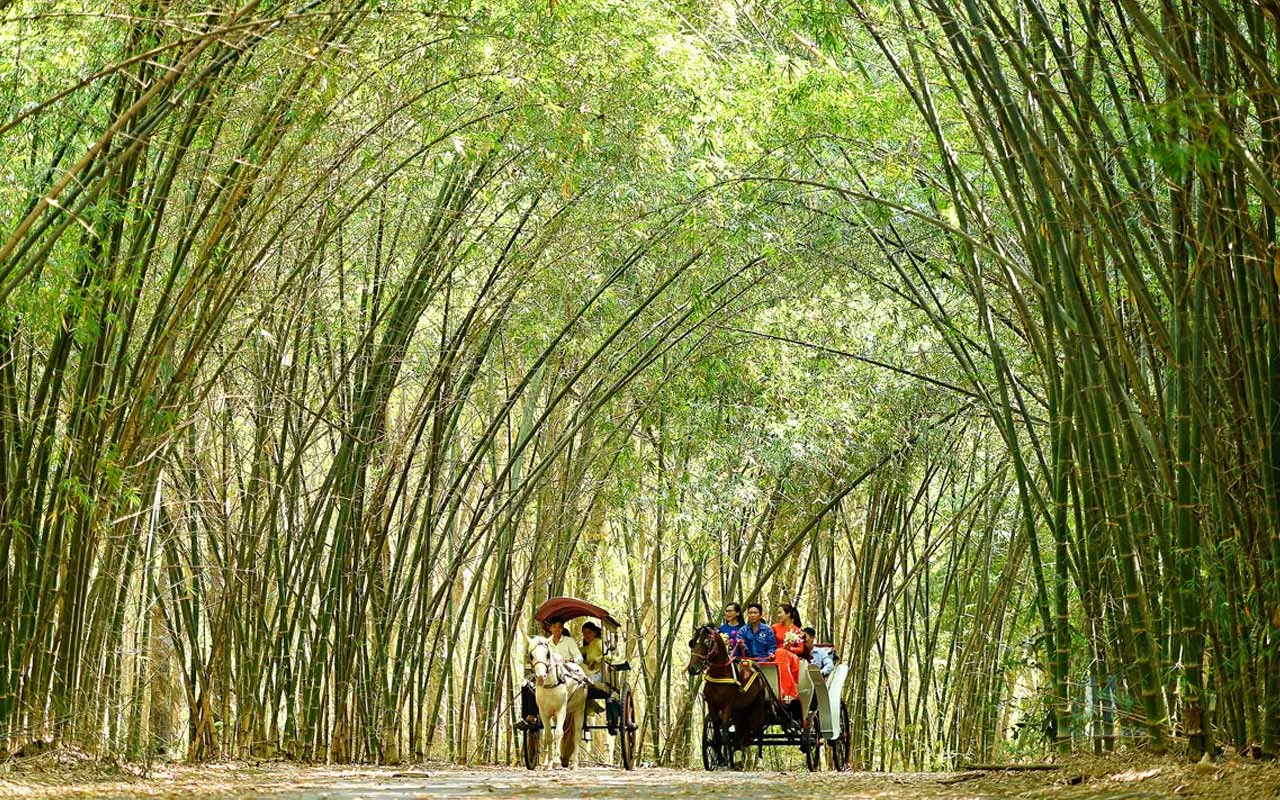
The bamboo tree is a symbol of strength and flexibility in Vietnamese culture. It is also a reminder of the Vietnamese people’s determination and ability to adapt to change. The bamboo tree is an important icon in Vietnamese culture and daily life. It may be found practically everywhere in Vietnam, but primarily in rural regions. The sturdy, straight, and tall bamboo trees symbolize the Vietnamese people’s fortitude and bravery.
The bamboo tree is a symbol of strength and flexibility. It is also a reminder of the Vietnamese people’s determination and ability to adapt to change.
Furthermore, because bamboo trees grow in clusters with vigor, they reflect the Vietnamese people’s solidarity, as well as their dedication and commitment to their motherland.
The Lotus Flower – symbol flower of Vietnam
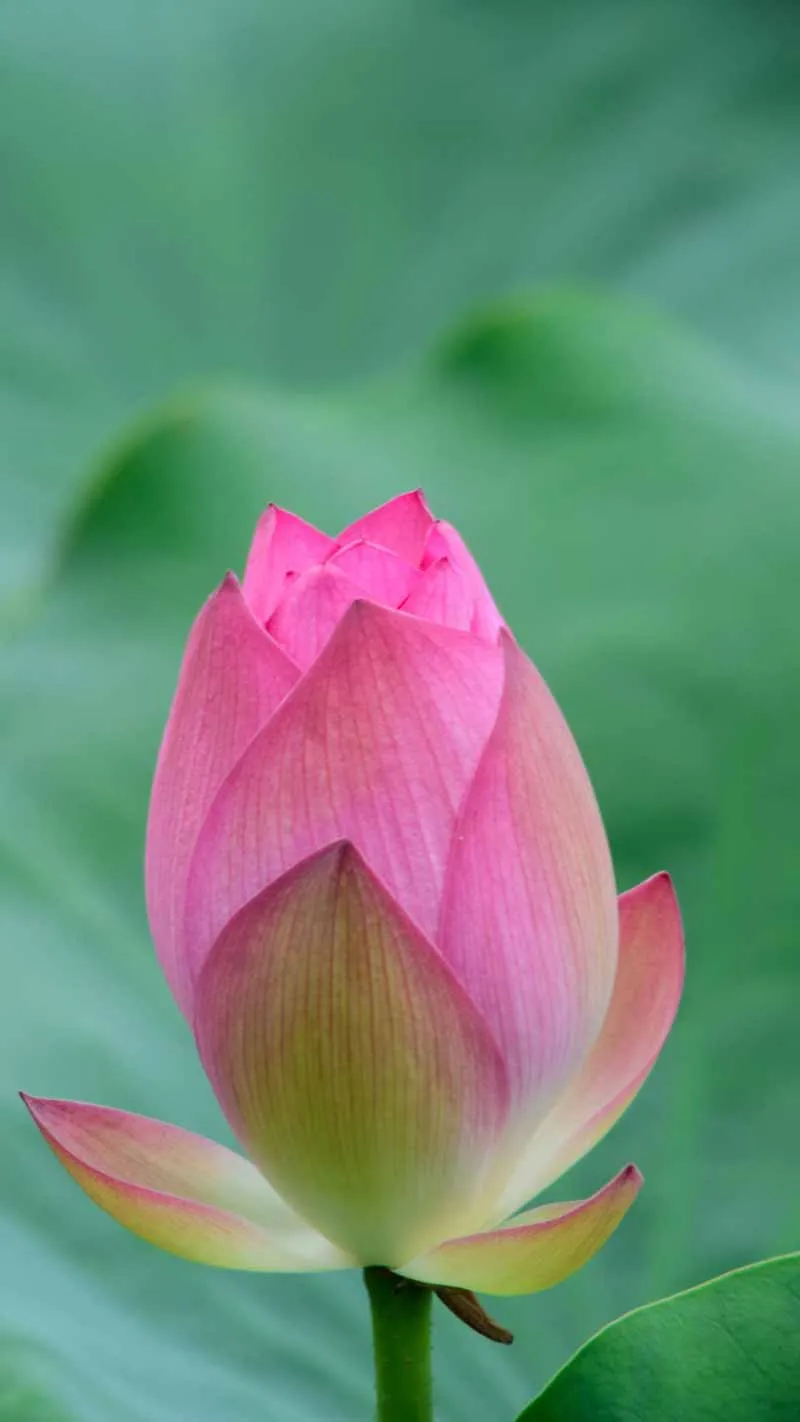
The lotus flower is a symbol of purity and beauty. It is also a reminder of the Vietnamese people’s resilience and ability to overcome adversity. The Lotus flower is considered the national flower of Vietnam. It is known as the dawn flower and is a sign of purity, dedication, and hope for the future. The flower shuts and dips underwater at night, then rises and opens again before morning.
The lotus flower is a symbol of purity and beauty. It is also a reminder of the Vietnamese people’s resilience and ability to overcome adversity.
The lotus may be found all around Vietnam in the murky water of lakes and ponds. Vietnamese lotus is an essential component of Vietnamese culture, and all parts are used in both cooking and medicine.
The lotus blossom has influenced architecture, such as the Tram Huong Tower in Nha Trang, Vietnam, a popular tourist destination. On a street corner near the seashore, this is positioned.
The Ao dai – Vietnamese traditional long dress

The Ao Dai is Vietnam’s most popular traditional costume, derived from the vein lenn shirt, which wraps both men’s and women’s bodies from the neck to or past the knee.
Ao Dai is frequently worn on formal occasions or by schoolgirls on their way to school. Men, on the other hand, rarely wear Ao Dai.
The Ao Dai is a traditional Vietnamese long dress. It is a symbol of Vietnamese culture and femininity.
Some argue that the Ao Dai should not be picked as a symbol because Vietnam has many other traditional costumes such as the Ao Ngu Than, Ao Ba Ba, Ao Tu Than, Ao Nhat Binh, Ao Gam, and so on.
Each costume has its own unique quality and appeal. Despite the fact that the Kinh people make up the largest group, Vietnam is still a multi-ethnic country, with many ethnic minorities wearing their own traditional costumes.
The conical hat – A Symbol of Vietnamese Charm and Romance
Tourists traveling around Vietnam seldom fail to notice the native lovely ladies dressed in Ao Dai (Vietnamese traditional long dress) and Non La (conical leaf hat, Vietnamese: Nón Lá) strolling smoothly through the streets.
The Ao Dai, without a doubt, reflects the femininity and charm of Vietnamese women, while the appeal and functionality of the Nón Lá provide a lovely harmony of the full outfit, providing a strong sense of elegance and romance to every visitor that enters the nation.
Nón Lá acquired the popular name “Vietnamese conical hat” because of its distinctive shape.
The conical hat (aka Nón Lá) is a traditional Vietnamese hat. It is a symbol of Vietnamese culture and agriculture.
Because the Vietnamese conical leaf hat serves many functions in life, it has become a familiar and close item in the lives of Vietnamese people. In rural areas, moms frequently wear conical caps to the market or to labor in the fields.
The Vietnamese conical hat is a sign of the polite and hardworking Vietnamese people, who have lovely labor traits.
Conical hats are a popular accessory for Vietnamese females to wear with their Ao Dai. Conical hats used for adornment are often light, sleek, and classy, with straps frequently made of soft silk to create a complete whole.
Vietnam is a tropical nation with both wet and dry seasons. Clearly, Nón Lá is vital for people to protect themselves from the heat that can remain for months, occasionally exceeding 40 degrees Celsius in intensity, as well as extended periods of lasting rain.
Though the Nón Lá has been seen since the country’s early days, no one knows when the conical headpiece first debuted.
Images of the Nón Lá, on the other hand, may be seen on the Trong Dong Ngoc Lu (Ngoc Lu bronze drum) and Thap Dong Dao Thinh (huge bronze cylindrical jar of Dao Thinh), both of which date back 2,500 to 3,000 years, showing that the hat was in use at the time, if not before.
Nón Lá had really existed as a daily necessity of the Vietnamese for thousands of years and was even included in stories and fiction passed down through the centuries.
Vietnamese Dragon
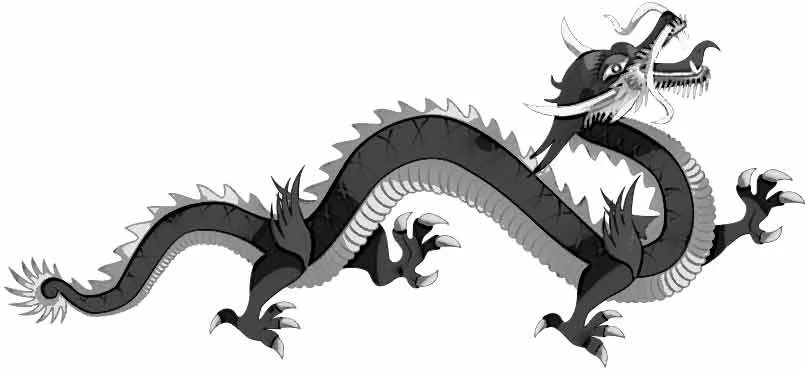
In Vietnam, dragons are always considered a symbol of power and nobility. The dragon is perhaps the most powerful creature in Asian legend. The dragon was a powerful symbol of the fourfold deity for Vietnamese peasants: clouds, rain, thunder, and lighting.
The Vietnamese dragon is a mythical creature that is often associated with Vietnamese culture. It is a symbol of power, strength, and good luck.
Dragon is also one of four sacred animals. Although not officially recognized, however, traditional Vietnamese cultural symbols include 4 sacred animals: Dragon, Tortoise, Phoenix, and Unicorn.
Since ancient times, Vietnamese people have always considered dragons as a symbol of power and nobility. During the feudal period, the dragon was chosen as a special symbol of the emperors. Only the emperor was allowed to wear a shirt with the image of a dragon because the emperor was considered the son of the king of heaven.
Dragons are also sculpted on the roofs of pagodas. Nowadays, dragons are also embroidered on Ao Dai and carved into luxurious furniture.
Dragons were shown on the objects dating back to the Dong Son-Au Lac civilization, which lived in northern Vietnam in the first millennium B.C. and is represented by an S form.
Long ago, astronomers discovered the Dragon constellation, which is made up of seven stars arranged in the shape of an S.
The Mind (Tam), also known as the Divine (Than) star, is the brightest star. “Than” can alternatively be read as Thin (Dragon), which marks the lunar calendar’s third month and represents the Yang vital force.
Dragons were also linked to kingship. Everyone in Vietnam is familiar with the legends of Lac Long Quan and Au Co. Lac Long Quan (King Dragon of the Lac Bird Clan) is regarded as the Vietnamese people’s forefather.
He is claimed to be the son of a dragon, while his wife, Au Co, is thought to be the daughter of a fairy.
To ward against aquatic creatures, their eldest son, King Hung, encouraged the people to tattoo dragon pictures on their chests, belly, and thighs.
Lac Bird (Chim Lạc)
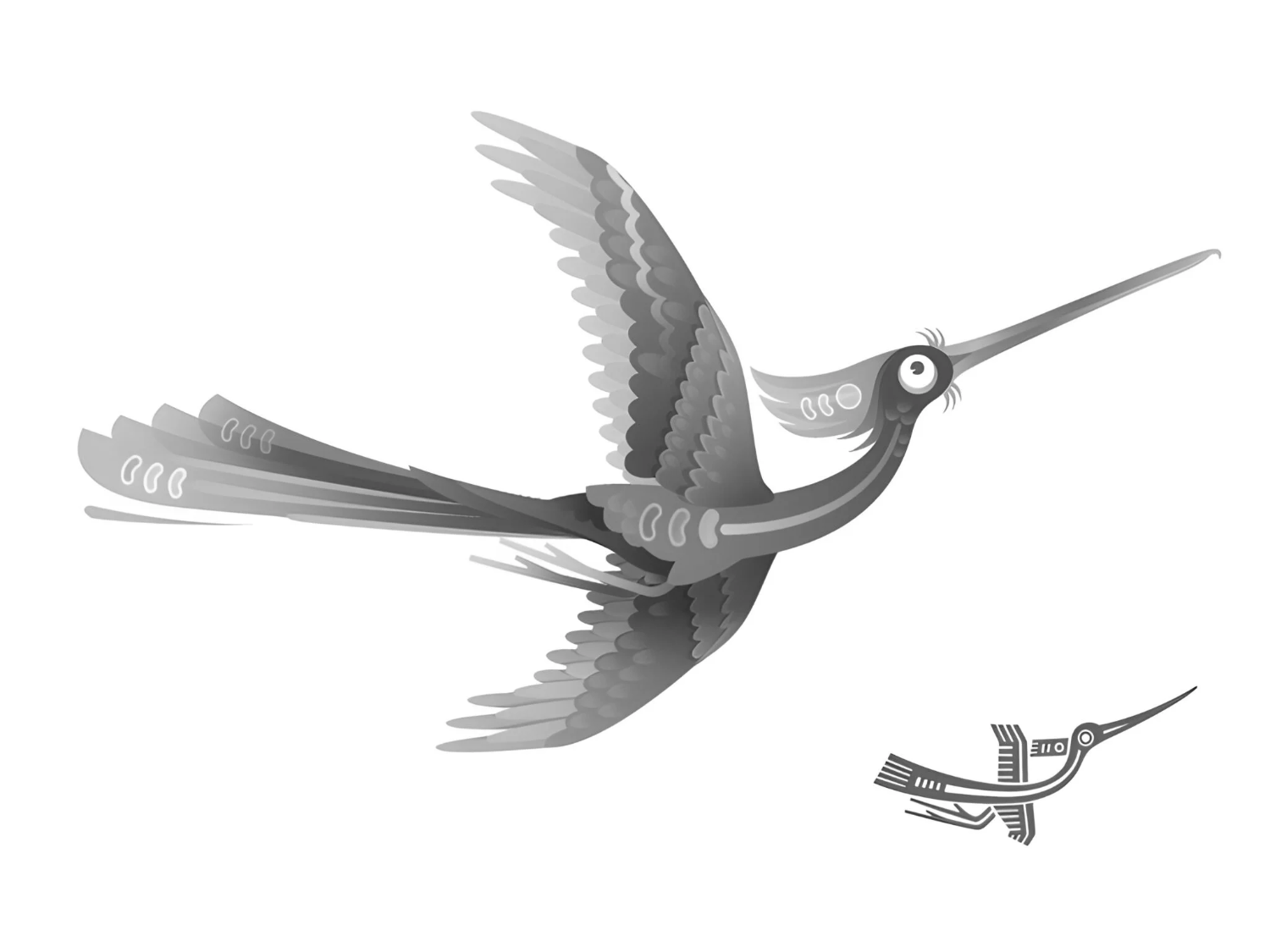
Chim Lac is considered the national bird of Vietnam. Along with Ao Dai, Vietnamese conical leaf hat, and Chim Lac are things that represent Vietnam. When it comes to these, a lot of people will know that they represent Vietnam and no other country has them.
Some documents consider the Lac bird as a symbol of Au Lac country, a type of bird in legend. The image of the Lac bird is also the symbol found on the face of the Bronze Drum (Trong Dong).
The abundance of myths and stories about the genesis of the Vietnamese people is one of the most fascinating features of Vietnamese culture.
These legends have been passed down through the decades, from the lovely tale of the fairy goddess to the dreadful ancient monsters.
Turtle

Perhaps specific to the Vietnamese river culture, the water turtle (swam turtle, sea turtle) has become a sacred and deified symbol in the minds of Vietnamese people.
The phrase “Kim Qui turtle god” is assigned to a divine character with the shape of a huge golden turtle emerging from the sea.
In Vietnamese culture, the tortoise bearing a sacred and sacred symbol first appeared in the legend during the founding of the Au Lac kingdom of An Duong Vuong – Thuc Phan.
According to legend, during the reign of An Duong Vuong who founded the country, the Tortoise – Kim Quy appeared twice to help the king.
The first time he appeared to help An Duong Vuong successfully build Co Loa citadel and give the king his magic nail to make a magic crossbow, a magic crossbow that can shoot hundreds of thousands of arrows, to protect the country from the invasion of the Northern invaders.
The second time, the god Kim Qui appeared to point out that the country’s seller was My Chau and brought An Duong Vuong to the sea.
In addition, turtles in Vietnamese culture are very prominent in the process of defending the country, under the Ming invasion and domination of Dai Viet, according to legend, the god turtle helped Le Loi defeat the Northern invaders by lending him a stick sword, and then Kim Quy regained the sword at Hoan Kiem Lake when the king rode a dragon boat on this lake, and since then this lake has been called Sword Lake or Hoan Kiem Lake.
Rice is an unofficial symbol of Vietnam
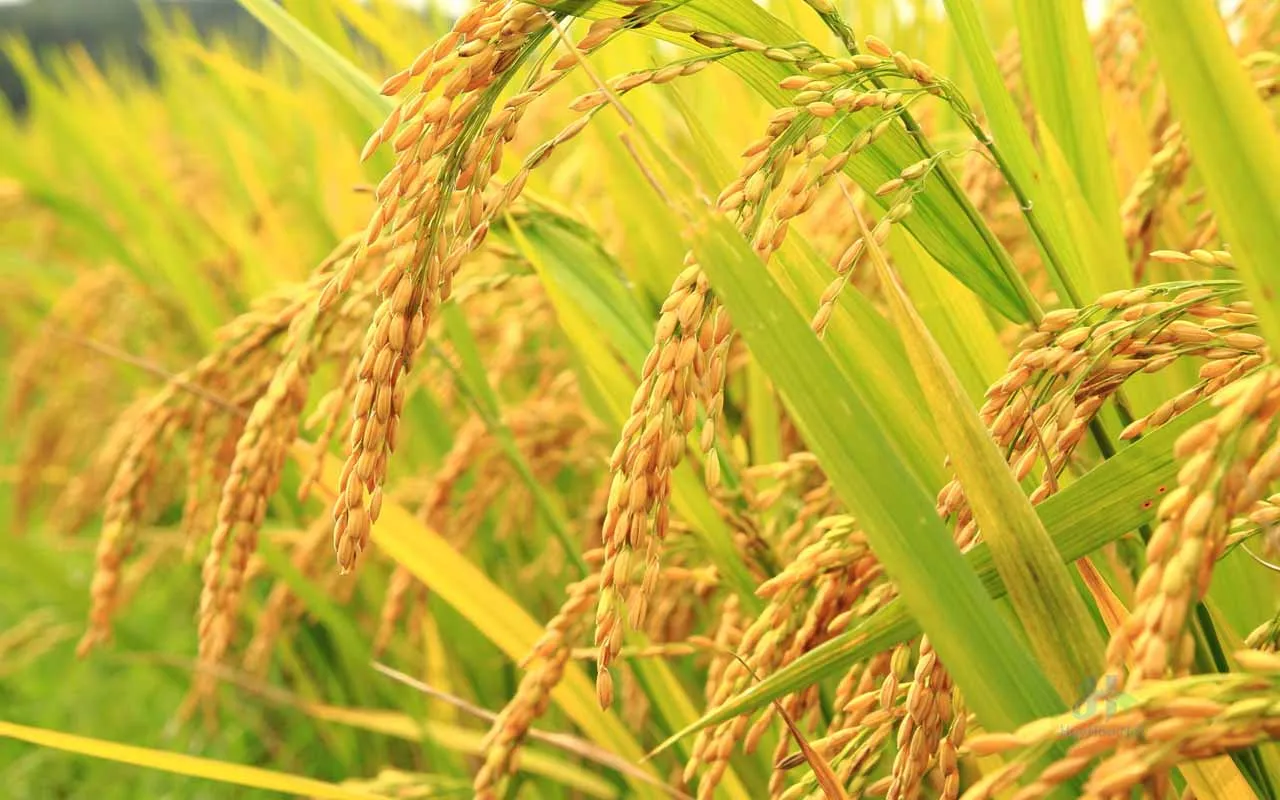
Rice may be much more than a form of a staple for Vietnamese. Rice is unquestionably the most significant component of Vietnamese traditional culture and a driving force in history.
It’s not only because rice is the most often consumed grain in Vietnamese cuisine. It’s also because rice feeds the populace and has a secret beauty that might complement the already lovely Vietnamese culture. Rice is the unofficial symbol of Vietnam.
Vietnamese Symbols and Their Meanings
Vietnamese culture is rich in symbolism, and many of the country’s most important symbols are associated with nature. For example, the lotus flower is a symbol of purity and resilience, while the banyan tree represents strength and longevity. Other important symbols include the dragon, the turtle, and the five-pointed star. These symbols are often used in art, architecture, and literature, and they help to convey the rich history and culture of Vietnam.
Here are some of the most important Vietnamese symbols and their meanings:
- Lotus flower: The lotus flower is a symbol of purity and resilience. It is often depicted rising from the mud, which represents the ability to overcome adversity.
- Banyan tree: The banyan tree is a symbol of strength and longevity. It is often depicted with many roots, which represent the ability to spread and grow.
- Dragon: The dragon is a symbol of royalty, power, and prosperity. It is often depicted with five claws, which represent the five elements: earth, water, fire, wood, and metal.
- Turtle: The turtle is a symbol of wisdom and longevity. It is often depicted with a long tail, which represents the ability to move forward.
These are just a few of the many important Vietnamese symbols. By learning about these symbols, you can gain a deeper understanding of Vietnamese culture and history.
National Symbols
National Emblem of Vietnam
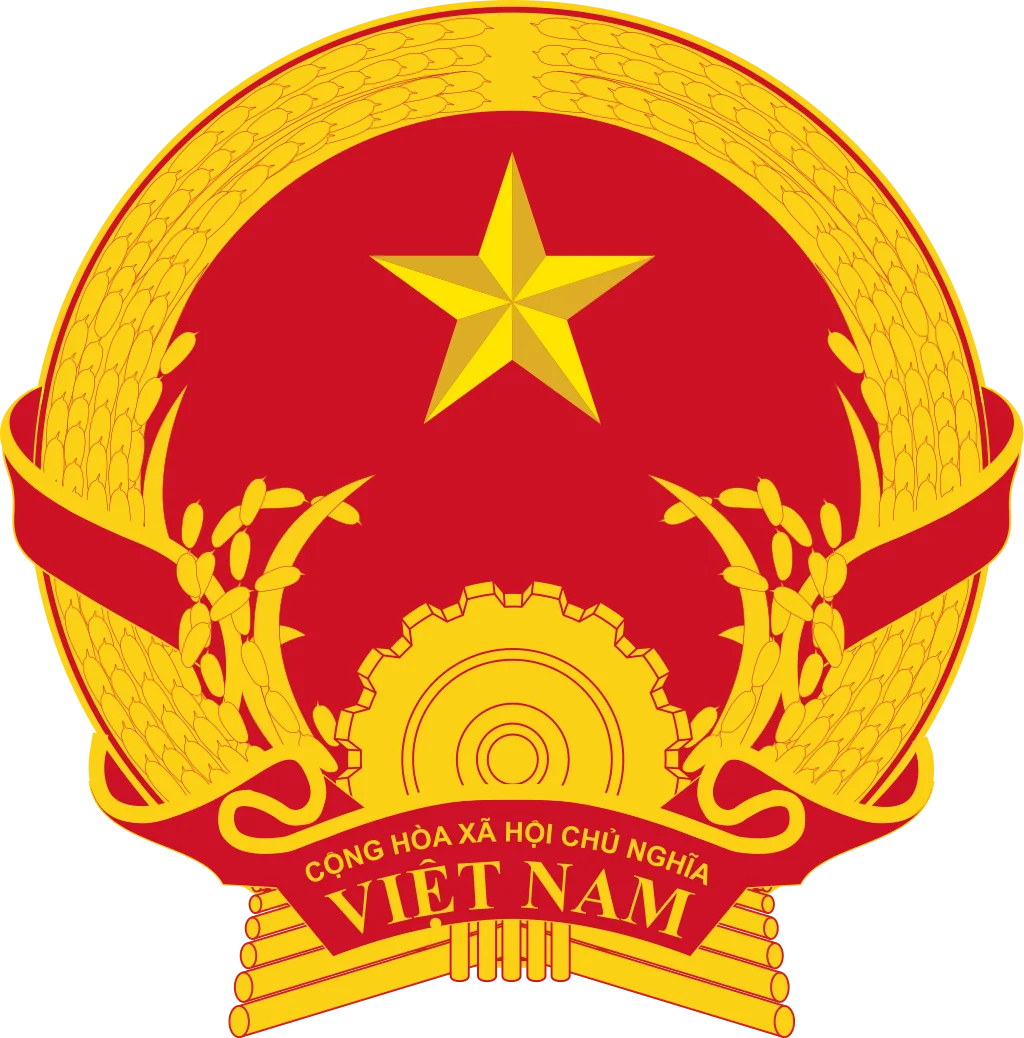
Since 1955, the Vietnamese government has used the national emblem as its official symbol. The original current national emblem is the Democratic Republic of Vietnam’s symbol.
Following the country’s reunification in 1975, it was designated as the National Emblem of Vietnam. Artist Bui Trang Chiem designed it, and Tran Van Can edited it.
This pictorial symbol is used in official government documents and monetary items such as coins and banknotes, and it represents the country in the international community.
The State Emblem is a five-pointed golden star in the midst of a circle on a red backdrop, symbolizing the nation’s revolutionary history, the socialist regime led by the Communist Party of Vietnam, and a bright future.
The national emblem includes the words “The Socialist Republic of Vietnam” in Vietnamese, which is the country’s name and political regime.
Rice surrounds the symbol, which represents agriculture; a cogwheel, which represents industry; and, finally, the words “Socialist Republic of Vietnam” in Vietnamese, which is the country’s name and political regime.
Some of the Vietnamese folk symbols
Vietnamese good luck symbol
According to Vietnamese mythology, four holy animals symbolize strength, knowledge, longevity, and nobility: the dragon, unicorn, turtle, and phoenix.
As a result, the Phoenix is a lovely and dignified bird.
The phoenix is a beautiful and noble bird. While the dragon represents the emperor, the phoenix is used to represent the queen. In ancient texts, it is described that the phoenix has the neck of a snake, the breast of a swallow, the back of a turtle, and the tail of a fish.
This mythical bird symbolizes virtue, nobility, and grace. That is why the Vietnamese always consider the Phoenix as a symbol of the wealth and purity of women like princesses and queens.
The phoenix is a magnificent and noble bird. The Vietnamese consider the phoenix to be a good omen for the areas where it settles. The union of the dragon and the phoenix represents the lovers’ happiness, luck, position, and renown.
People frequently exchange dragon phoenix paintings, bronze paintings, or phoenix sculptures with the intention of wishing one another luck and wealth.
Symbol for love
Currently, in Vietnam, there may not be a distinct universal symbol for love, but the Vietnamese tradition holds certain items in high regard as symbols of love. Among these, the areca nut and the betel leaf play a significant role, so much so that the phrase “matters of betel and areca” (chuyện trầu cau) is synonymous with marriage in the Vietnamese language.
Throughout Vietnamese history, the betel leaf and areca nut have been integral components of every traditional Vietnamese wedding, and this tradition continues to this day. Besides, the “Phu The cake” is also considered an eternal symbol of the love of husbands and wives in Vietnamese culture.
Symbol for strength
For the Vietnamese, the symbol of strength and longevity is probably the turtle. It’s still controversial, but when it comes to turtles, people often think of strength and longevity.
In addition, water buffalo is also a symbolic animal in Vietnam. Perhaps because the water buffalo has been associated with agriculture for a long time.
When it comes to buffalo, people also immediately think of extraordinary health. In Vietnam, when it comes to someone who is very healthy, people often say: “Strong as a buffalo”.
If for a long time in Vietnamese folk beliefs, the tiger symbolizes fame and luck, while the buffalo symbolizes courage, happiness, and prosperity. Buffalo plays a very important role in Vietnam’s agriculture. The buffalo in Vietnam has long been considered the most valuable possession of farmers.
Vietnamese symbol for happiness and other blessings
Red, symbolizes luck, fortune, and happiness. Like China, red or yellow-red envelopes (aka Li Xi) are used to give each other during the Tet (Vietnamese traditional New Year holiday) to express the wish for wealth and prosperity and good luck for the recipient.
The combination of dragon and phoenix symbolizes the happiness, luck, status, and fame of lovers.
Basic Vietnamese Color Meanings
-
- Red – happiness, love, luck, celebration
- Yellow – wealth, prosperity, royalty, happiness, change
- Green – jealousy, lust
- Blue – calmness, hope, growth
- Purple – nostalgia, sadness, fragility, tenderness
- White – purity, death, the end
- Black – evil
To wrap things up
The symbol for culture includes national cultural characteristics. If Australia chooses the kangaroo, Singapore chooses the lion, Japan chooses the cherry blossom, Hong Kong chooses the death flower, Thailand chooses the purple orchid, and Laos chooses the elephant, then Vietnam, so far, has not been unified as a common symbol of culture.
Temple Of Literature, Trong Dong, Lac Bird, blooming lotus, bud lotus, peach blossom, Ao Dai, Vietnamese conical leaf hat, village gate, a buffalo, or even Pho, for a long time now, there are many opinions on choosing one among them is a symbol imbued with national identity, representing Vietnamese culture.
In essence, those are just aspects of culture, symbols of flowers, cuisine, traditional costumes… In fact, Vietnam is still on a journey to find Vietnamese cultural symbols.
Older articles
- Online169
- Today28,930
- This month399,017
- Total54,339,866







